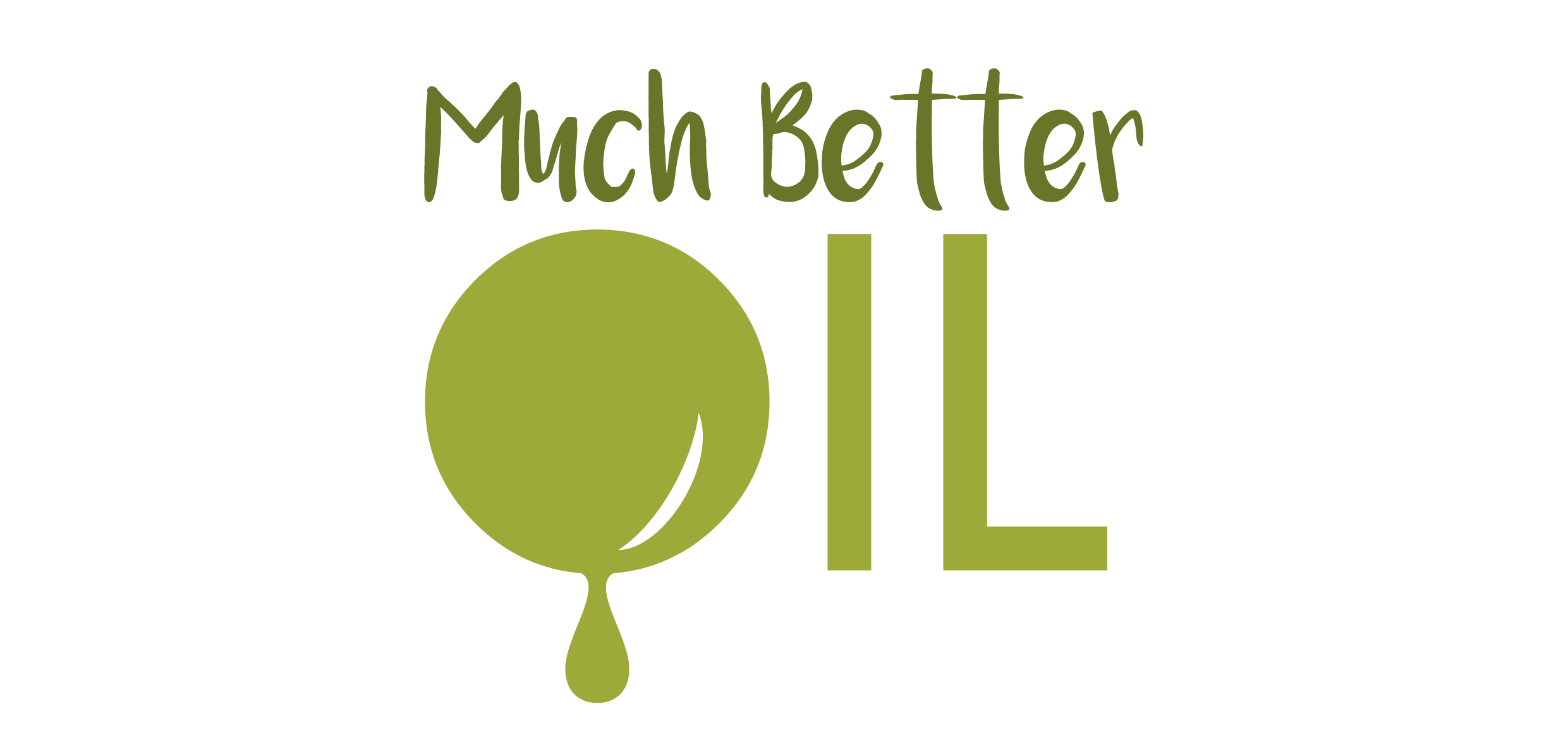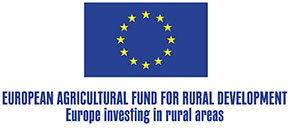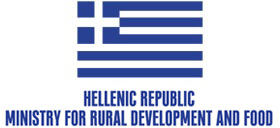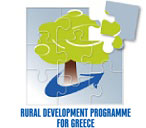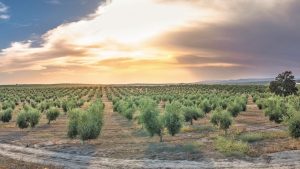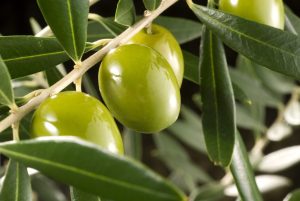The tailored plant protection programme for anthracnose will produce results in olive production and protect the environment
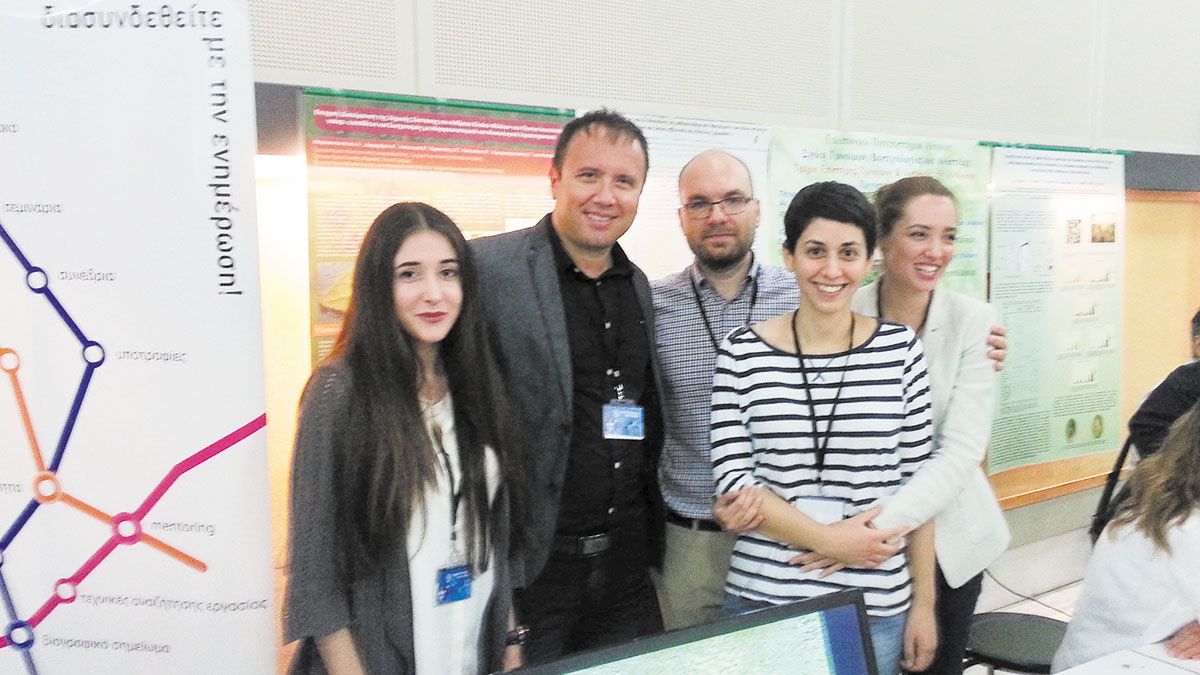
Aresearch team from the Agricultural University of Athens has developed a tailored plant protection system that can deal with resistant strains of the very serious anthracnose fungal disease in olives.
Interview with Tania Georgiopoulou for ypaithros.gr
‘Ypaithros’ spoke with the head of the relevant programme, Dr Konstantinos A. Aliferis, Director of the Laboratory of Pesticide Science, Assistant Professor of Pesticide Science, Agricultural University of Athens, who conveyed details of the venture and how it can contribute in practice to the work of the olive producers.
How did the idea for the development of a tailored plant protection system begin?
Our research team is involved in the study of anthracnose, also known as pastella, caused by the phytopathogen fungus Colletotrichum sp. As our producers and agricultural partners tell us, there are periodic widespread infections and production losses, despite the implementation of plant protection programmes.
In researching the causes and by analysing samples from various regions, we ascertained the existence of different pathogen morphotypes that exhibit varying levels of sensitivity-resistance to approved fungicides.
Therefore, if, for example, strains with increased resistance to a group of fungicides prevail in an area, then, even if the producer properly implements a plant protection programme, using the specific active substances, they will not be able to control the pathogen.
So we need to develop specialised plant protection programmes based on the genotypes encountered in each region.
Can you explain how exactly it functions?
We begin by isolating and characterising fungus strains from different olive-growing regions of Greece, aiming at studying their phenotypic traits, and evaluating their pathogenicity and their sensitivity – resistance to all approved active substances. Due to the area covered by olive groves in Greece, this experiment cannot be carried out for all olive-growing areas.
However, through metabolomic analysis, we study the metabolism of the existing strains in our laboratory collection, in order to group the strains based on their pathogenicity and their levels of resistance to approved fungicides. So, a few days after a strain is isolated from the field, we can have a prediction about its pathogenicity and whether or not it is resistant, so that we can propose the right plant protection programme.
Therefore, Mr Aliferi, the idea of a tailored plant protection programme is currently being implemented through the ‘MUCH BETTER OIL’ Operational Group, in which AUA’s Laboratory of Pesticide Science and you, as scientific director, are members. How was your Operational Group created and which members does it consist of?
This project includes work units and deliverables, the implementation of which requires the collaboration of different bodies with experience in the respective subjects.
Our Operational Group consists of GAIA EPICHEIREIN, which is responsible for coordinating the project and its dissemination actions, the Laboratory of Pesticide Science of the Agricultural University of Athens, the Laboratory of Structural Studies of Biomolecules and Pharmaceuticals with the NMR of the ‘Democritus’ National Centre for Research, and the Agricultural Cooperatives of Elaionas and Nileas.
How does your Operational Group and your operational plan contribute to agricultural productivity and sustainability, which is the goal of Sub-measure 16.1-16.2 of Measure 16 ‘COOPERATION’?
To date, plant protection against olive anthracnose mainly relies on the application of plant protection chemicals approved for the pathogen, without however having first carried out a study of both the morphotypes prevailing in the given area and their levels of resistance to the plant protection products applied.
The application of quantities of formulations without studying the pathogen morphotypes prevailing at local level intensifies the phenomenon of resistance and burdens the environment, while at the same time it does not achieve the desired result, namely the protection of production.
Tailored plant protection, which is a key pillar of our Operational Plan, leads to the protection of the production and the quality of the products produced, with the least impact on the environment, since the input of plant protection products will be reduced.
This approach is fully in line with the green economy principles and the Farm to Fork strategy of the European Green Deal.
This article was published in the ‘Ypethros Chora’ newspaper and on the website ypaithros.gr
